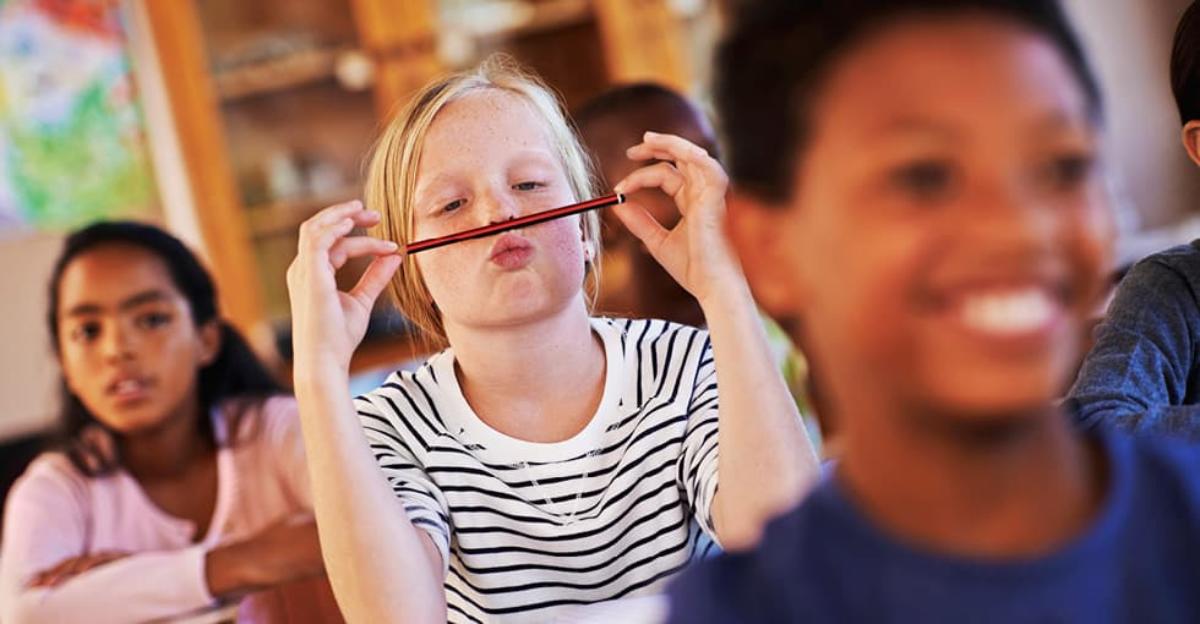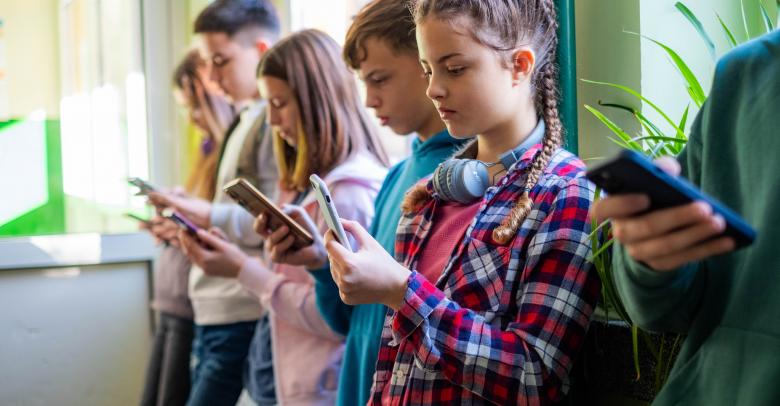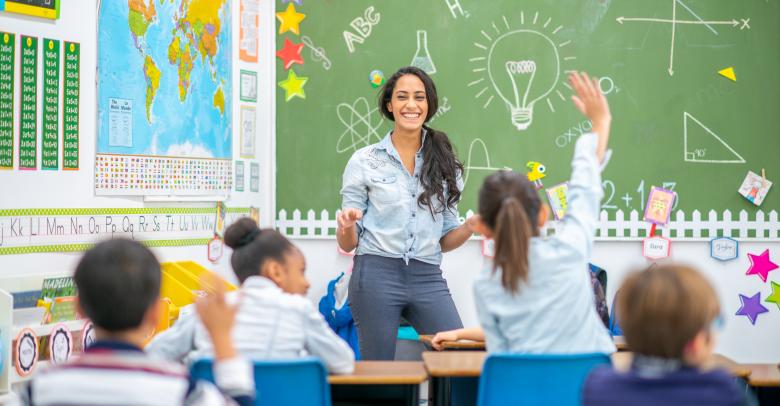Just in time for back-to-school check out these great tips on how using sensory strategies may help with attention and focus:
1. Allow opportunities for movement!
Many students today do not get enough vestibular (movement) input in their daily life due to decreases in physical education, recess and free time play. Swings, trampolines, bicycles are all great tools, but during the day even small tasks such as taking a note to the front office or getting up to feed the fish in the aquarium or water the plants in the room may be that just right movement break to stay focused.
2. Keep spatial boundaries well defined.
Some students struggle with staying on task when placed in a larger more unstructured area such as seated on the floor for story time. Use visual cues like a carpet square or painter’s tape to define where the child needs to sit and/or use alternate seating options like bean bag chairs or the cozy Pea Pod to provide external cues to help with body awareness.
3. Allow the use of fidgets.
A research study published in the journal of Applied Cognitive Psychology found that doodlers took in auditory information at a 29% better rate than the control group. Using a fidget or hand tool (like the Finger Squash-Its ) may help center vision and hearing modes to assist with improving focus and attention.






Leave a Reply